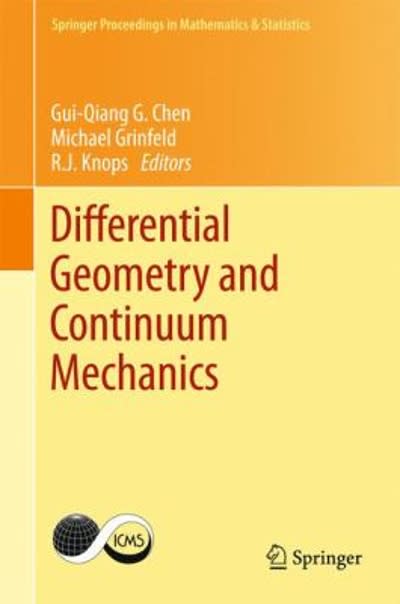Question
1. When making inferences about means of single samples, the observed value of the sample statistic is 2. True/False: Other things being equal, the critical














1. When making inferences about means of single samples, the observed value of the sample statistic is |
2. True/False: Other things being equal, the critical value for a directional test is the critical value for a nondirectional test. |
3. What would be the preferred statement of the null hypothesis for a nondirectional two-dependent-samples test for means? |
4. Suppose that a researcher is interested in the effects of different doses of caffeine on the amount of time that it takes subjects to solve a puzzle. What is the dependent variable? |
5. True/False: tobs for dependent samples will always be larger than tobs for independent samples. |
6. The critical value of a statistic marks the ___ of the rejection region. |
7. True/False: The second step in hypothesis evaluation is to set the criterion for rejecting the null. |
8. The nondirectional alternative hypothesis for a two-independent-samples test for means is |
9. True/False: The samples in a repeated-measures design are independent samples. In other words, they are not statistically related to each other. |
10. True/False: A difference score is a subject's score in one condition subtracted from any other subject's score in the same condition. |
11. True/False: The sample statistic for the two-independent-sample t-test is ?1 - ?2. |
12. True/False: If the observed value of our test statistic for the two-independent-sample t-test is tobs = 2.05, and our critical value is tcv = 2.262, we would reject the null hypothesis. |
13. True/False: The pooled variance is the unweighted average of two (or more) means. |
14. True/False: If the observed value of the sample statistic lies in the rejection region, we fail to reject the null hypothesis. |
15. True/False: If we have reason to predict that a particular treatment will increase scores in a population where ? = a, the alternative hypothesis will be H1: ? |
16. True/False: The alternative hypothesis for a directional, two-dependent-samples test for means can be written as H1: ?D > 0. |
17. True/False: The number of degrees of freedom for the t?statistic for two independent samples is n1 - n2 + 2. |
18. True/False: The observed value of a sample statistic is the beginning of the rejection region. |
What do these symbols mean? |
Step by Step Solution
There are 3 Steps involved in it
Step: 1

Get Instant Access to Expert-Tailored Solutions
See step-by-step solutions with expert insights and AI powered tools for academic success
Step: 2

Step: 3

Ace Your Homework with AI
Get the answers you need in no time with our AI-driven, step-by-step assistance
Get Started

















